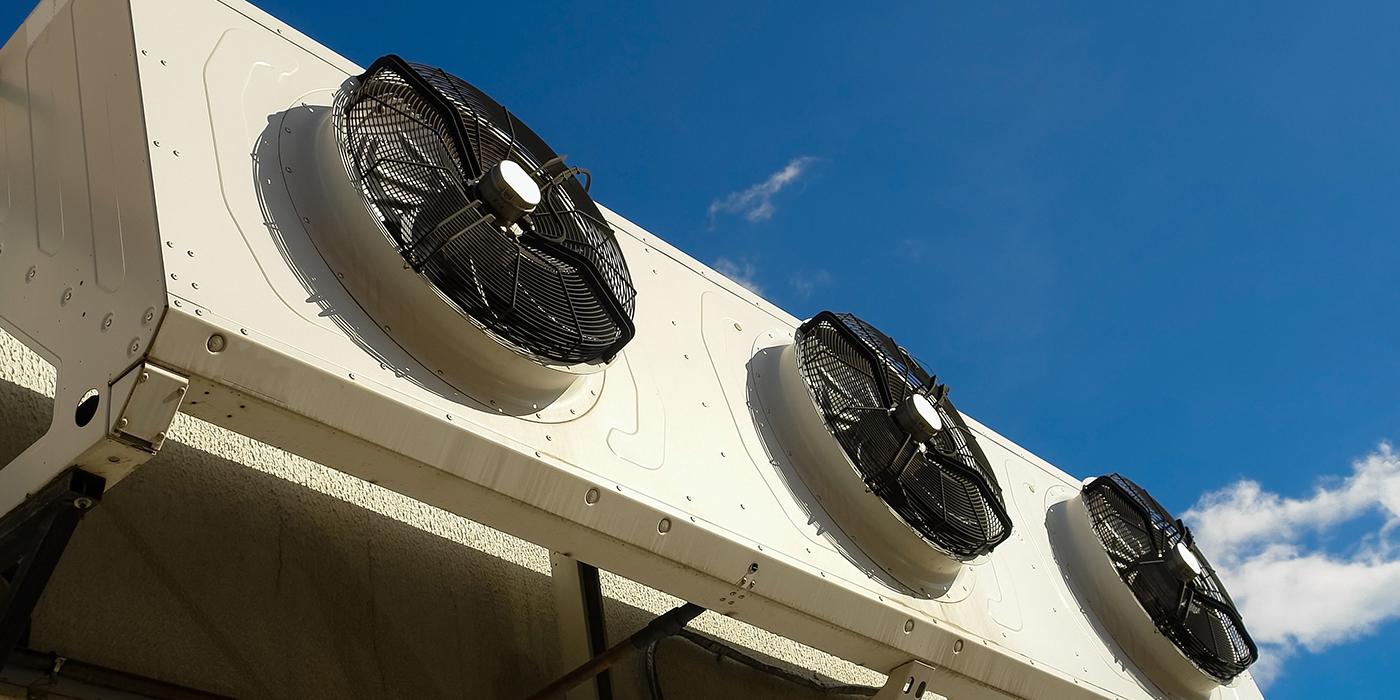
An international group of scientists is calling for a “paradigm shift” in how we combat airborne pathogens such as COVID-19. The 40 researchers from 14 countries, including Dr. Donald K. Milton from the University of Maryland School of Public Health, are demanding universal recognition that infections can be prevented by improving indoor ventilation systems.
Their commentary, published May 13 in Science argues for a shift in standards in ventilation requirements equal in scale to the transformation in the 1800s when cities started organizing clean water supplies and centralized sewage systems.
The international group of air quality researchers, led by Professor Lidia Morawska at Queensland University of Technology in Australia, called on the World Health Organization to extend the indoor air quality guidelines to include airborne pathogens and to recognize the need to control hazards of airborne transmission of respiratory infections.
Dr. Don Milton, who has been leading the University of Maryland Stop COVID study for the past year to understand how people transmit COVID-19 and how to prevent its transmission, has decades of expertise studying how influenza and other respiratory viruses spread indoors. “We know from our work on indoor air and viruses in exhaled breath of people with colds and flu, and now also COVID-19, that respiratory viruses are present in the air we breathe indoors,” Dr. Milton said. “The coronavirus pandemic shows us that our lack of attention to breathing healthy indoor air is a major vulnerability of our entire global economy. I hope that we’ve learned an important lesson.”
The coronavirus pandemic shows us that our lack of attention to breathing healthy indoor air is a major vulnerability of our entire global economy. I hope that we’ve learned an important lesson.
Professor Morawska, director of QUT’s International Laboratory for Air Quality and Health, said there needed to be a shift in the perception that we could not afford the cost of control, given the global monthly harm from COVID-19 had been conservatively estimated as $1 trillion and the cost of influenza in the US alone exceeds $11.2 billion annually.
“We need to establish the foundations to ensure that the air in our buildings is clean with a significantly reduced pathogen count, contributing to the building occupants’ health, just as we expect for the water coming out of our taps,” Professor Morawska said.
“Mandated building ventilation standards need to include higher airflow, filtration and disinfection rates, and monitors that allow the public to observe the quality of air around them. We should have virus-free air indoors.”
Professor Morawska said response efforts to combat airborne viruses were too weak because airborne infections were harder to trace than food or waterborne outbreaks.
“We’ve provided strong evidence that airborne transmission spreads infections, so there should be international ventilation standards that control pathogens,” she said.
“Most minimum ventilation standards outside of specialized health care and research facilities only control for odour, CO2 levels, temperature and humidity.
“Ventilation systems with higher airflow rates and which distribute clean, disinfected air so that it reaches the breathing zone of occupants must be demand controlled and thus be flexible.”
Professor Morawska said ventilation systems should also be demand-controlled to adjust for different room occupancies, and differing activities and breathing rates, such as exercising in a gym versus sitting in a movie theatre.
“For decades, the focus of architects and building engineers was on thermal comfort, odor control, perceived air quality, initial investment cost, energy use, and other performance issues, while infection control was neglected,” Professor Morawska said.
“Buildings consume over one third of energy globally, much of it expended on heating/cooling outdoor air as it is brought indoors.
“While building designs should optimize indoor environment quality in terms of health and comfort, they should do that in an energy-efficient way in the context of local climate and outdoor air pollution.”
“Wide use of monitors displaying the state of indoor air quality must be mandated too, because the general public currently have no way of knowing the condition of indoor spaces they occupy and share with others.
“Visible displays will keep building operators accountable for air quality. The public should be aware of and demand safe environments.
“None of this means that every indoor space should become a biosafety facility, but a building should be designed and operated according to its purpose and activities conducted there, so that airborne infection risk stays below an acceptable level.”
While detailed economic analysis has yet to be done, Professor Morawska said estimates suggested necessary investments in building systems may be less than one per cent of the construction cost of a typical building.
“The cost of infections come from different pockets—building and operating costs, health care costs—but ultimately, society pays for all the costs so a cross-system reallocation of budgets must also be facilitated to mandate new ventilation standards,” Professor Morawska said.
“The benefits are beyond infectious disease transmission. Improved indoor air quality may reduce workplace absenteeism, ‘sick building syndrome’ and allergic reactions.
“The reduction in productivity losses alone may cover the cost of any ventilation changes.”
Last year, research by Professor Morawska and a group of 239 international experts published an open letter on the need to rethink popular advice on how COVID-19 is spread: It is Time to Address Airborne Transmission of COVID-19.